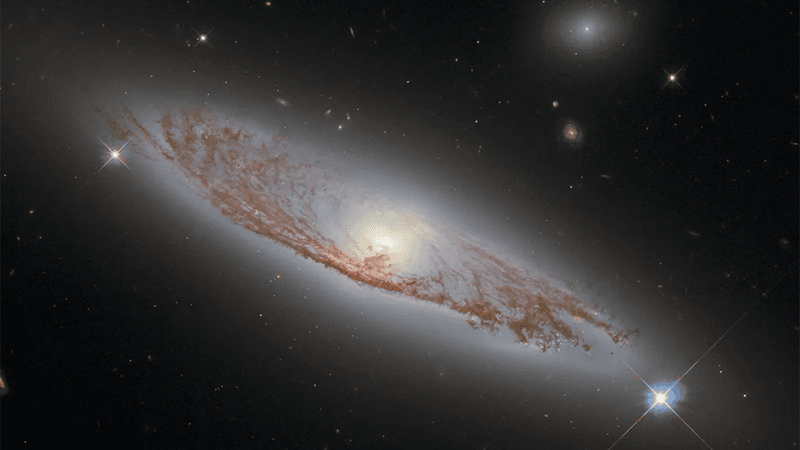The Solar System is not stuck in place. It moves around the Milky Way. Occasionally, it will cross regions of denser interstellar medium. The impact of these clouds of hydrogen and other materials on the Solar System and our planet is unclear, but it is possible that these encounters led to an ice age.
Previous research published earlier in the year suggested that our Solar System crossed a dense interstellar cloud 2 million years ago, which might have led to an ice age. Follow-up work has now found a second possible example, this time 7 million years ago, but the effects of that encounter might have been more complicated.
“This cloud was indeed in our past, and if we crossed something that massive, we were exposed to the interstellar medium,” co-author and space physicist Merav Opher, from Boston University, said in a statement about the earlier paper.
That is the crux of the event: that the interstellar cloud affected the bubble of plasma created by the Sun, the heliosphere. The new work suggests that the two encounters, first with the edge of the Local Bubble (7 million years ago) and then with the Local Lynx of Cold Cloud (2 million years ago), brought a lot of extra hydrogen into the top of the atmosphere.
This interstellar hydrogen, combined with the oxygen in the atmosphere, would have formed water. The oxygen might have come from ozone causing localized depletion, in some cases of up to 99 percent. And the presence of water in higher abundances at higher altitudes might have created a lot more noctilucent clouds, extremely rare wispy clouds located at around 76 to 85 kilometers (249,000 to 279,000 feet).
These newly formed clouds would not be rare and wispy, but thick – and here comes the crux of the climate question. The interstellar gas might have affected the upper atmosphere, but could it have caused an ice age? The answer is currently uncertain. The presence of noctilucent clouds might have reflected a lot more sunlight, but they could have also trapped more heat from the ground. Other contributing factors, such as cosmic ray increases and other phenomena, might also have meant this did not cause a clear cooling or warming.
The team suggests that more detailed 3D atmospheric modeling could solve the mystery, but it could be that the contribution is not so clear-cut, and it might not be possible to identify evidence in the geological record that Earth and the Solar System did pass through these clouds.
The study is published in the Geophysical Research Letters.




![An artist’s concept looks down into the core of the galaxy M87, which is just left of centre and appears as a large blue dot. A bright blue-white, narrow and linear jet of plasma transects the illustration from centre left to upper right. It begins at the source of the jet, the galaxy’s black hole, which is surrounded by a blue spiral of material. At lower right is a red giant star that is far from the black hole and close to the viewer. A bridge of glowing gas links the star to a smaller white dwarf star companion immediately to its left. Engorged with infalling hydrogen from the red giant star, the smaller star exploded in a blue-white flash, which looks like numerous diffraction spikes emitted in all directions. Thousands of stars are in the background.]](jpg/jet-m.jpg)
